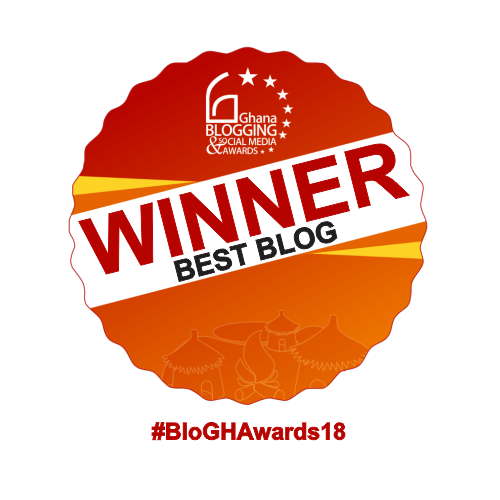Published
1 year agoon

Have you ever wondered what it might feel like to experience psychedelic drugs? Perhaps you’re curious but also a bit scared. That blend of curiosity and caution is a thread that runs through “Music for Mushrooms“, an intimate documentary that delves into the intersection of music, psychedelics, and healing.
Directed by contemporary indie pop artist East Forest (also known as Krishna-Trevor Oswalt), the film explores how music, when paired with guided psychedelic experiences, can create transformative healing in a world that often feels overwhelming.
One of the most striking quotes in the film comes from meditation and Dharma teacher Spring Washam, who says, “If we do not see that we are the earth, we will never protect it. You only protect the things that you love.” Her words resonate deeply, capturing the essence of the film’s environmental and spiritual undertones. It’s a reminder that we’re pushing the Earth to its limits and that by reconnecting with both nature and ourselves, we might begin to heal what’s broken. Later, she adds that the mind needs an accelerator to do right at the rate at which we are accelerating destruction.
The film in this context, presents psychedelics not just as a tool for personal healing but as a way to address a larger, collective crisis of us destroying the earth. Our ancestors were more connected to the ear than we are. 
But are psychedelics right for everyone? Even East Forest admits to grappling with this question in this documentary film. He shares moments of fear about what the use of psychedelics might do to him over time. Other participants in the film echo this uncertainty, expressing concern that while they’re seeking deeper self-awareness, they might discover something about themselves they would rather not know. I too have this fear. I often wonder about what is on the other side of that door. And whether am I willing to embrace it when I open that door and walk through it?
One of the film’s experts, Dr Robin Carhart-Harris, Professor of Psychiatry and Neurology, sheds light on the therapeutic potential of psychedelics. He explains that these substances are like little reminders of the parts of ourselves we’ve hidden away with our overly analytical minds. His insights provide a scientific grounding to the film’s very spiritual themes, and it’s fascinating to hear a scientific approach to the effects and benefits of psychedelics.
Ram Dass, the late American spiritual teacher and psychologist who East Forest considers his godfather and mentor, is also featured in the documentary. His presence looms large, offering wisdom that ties into the broader themes of self-discovery, spirituality, and healing.
At the heart of the film is East Forest’s music, which is truly something special. He shares details about his creative process, revealing that he often enters gigs or ceremonies with no setlist. Instead, he allows the music to flow organically with the energy of the moment. This improvisational approach lends a raw, authentic quality and almost spiritual influence to his performances, making the music an integral part of the healing journey.
We see him perform at several gigs and ceremonies in the film, particularly one held at a special farm where East Forest explores the power of music and mushrooms in a ceremonial setting. Participants arrive seeking answers, and they find them through their own unique experiences with the music and psychedelics. One deeply emotional moment features a man who, during the ceremony, finally grieves the loss of his mother, breaking down in tears. The vulnerability on display is moving, as we see how profoundly these ceremonies can touch people’s lives.
The film also features inserts of everyday people sharing their own experiences with psychedelics and music. Through these personal testimonials, we learn how psychedelic therapy has helped these people deal with anxiety depression and other mental health challenges. This makes the film’s subject matter feel relatable, reminding viewers that the themes of healing, introspection, and transformation are universal.
“Music for Mushrooms” doesn’t come off as an advertisement for psychedelics, and that’s part of its appeal. It is not trying to force drugs down the throats of everyone. It simply shows what it intends to show: the power of psychedelics, the power of music, and the incredible things that can happen when these forces combine. I found myself wishing I could experience something like this, but not quite enough to dive headfirst into it. The film piqued my curiosity, but it didn’t push me over the edge, which is probably a testament to its balanced approach.
I will score “Music for Mushrooms” 3 out of 5 stars. It’s an eye-opening documentary that sparks important conversations about psychedelic therapy, art, and healing. While it may not convert everyone into a believer, it certainly provides food for thought in a world hungry for answers.
Second on my list of addictions is Movies.. the only thing I could possibly love more is my Dearest Waakye lol. Nothing else does a better job of reminding me that ANYTHING is possible with the right amount of effort. I have great eye for details and flaws in scripts. Shallow scripts bore me. I am an avid reader. Your everyday Mr Nice guy. Always the last to speak in a room full of smart people. Half Human, half Martian but full MOVIE FREAK.














